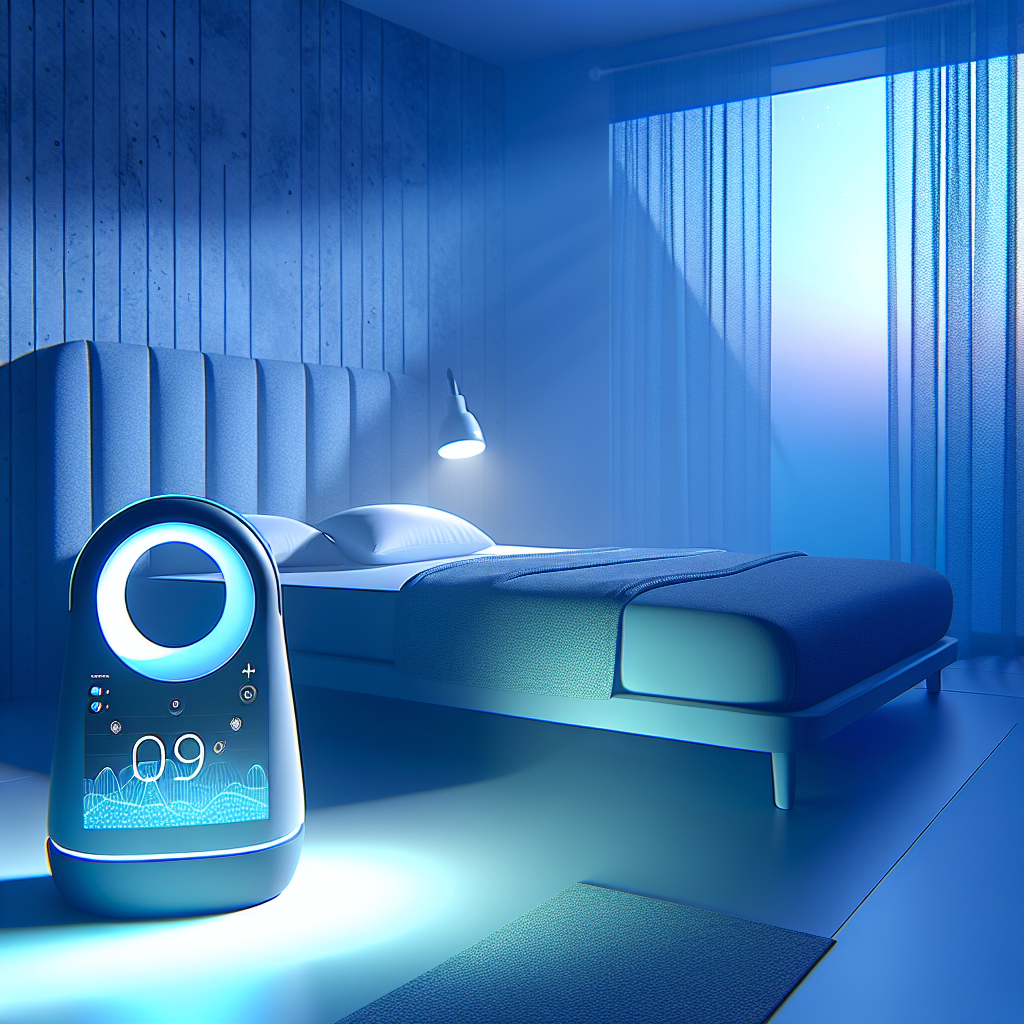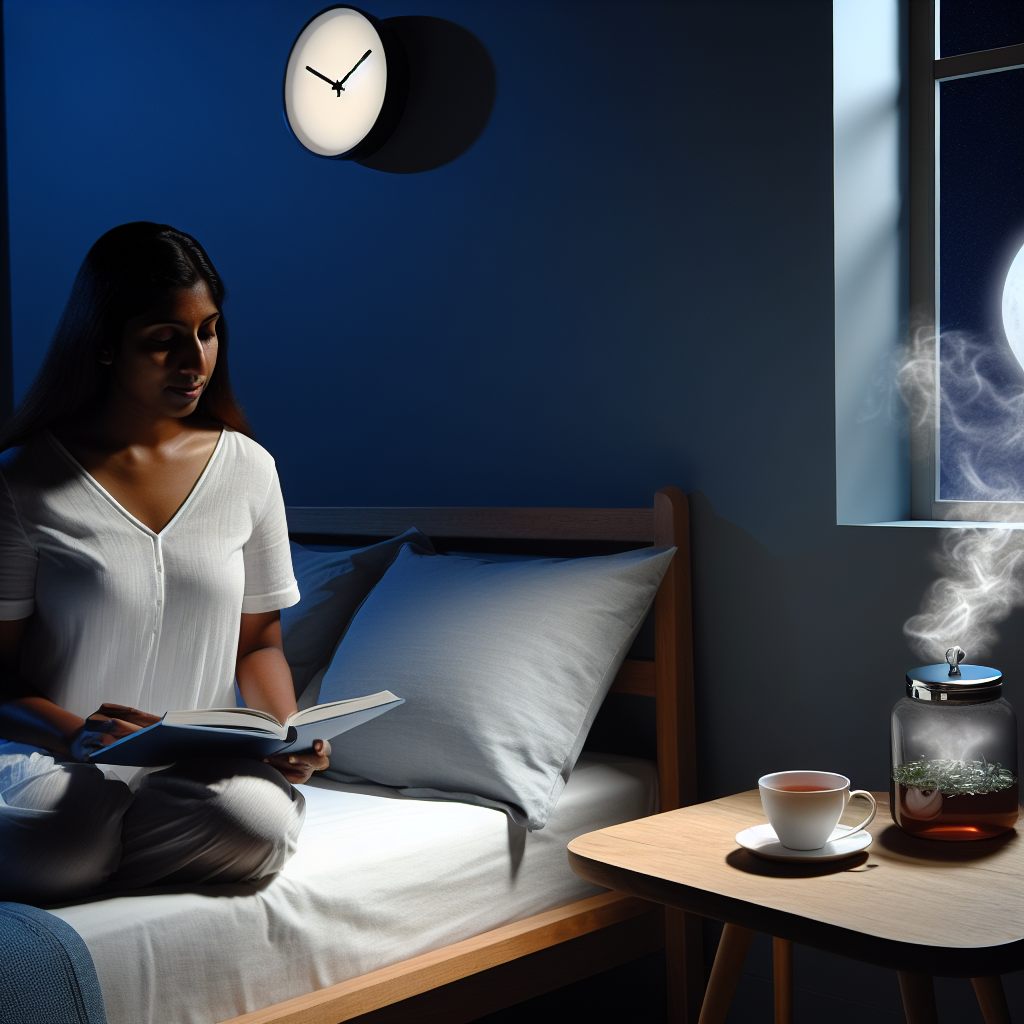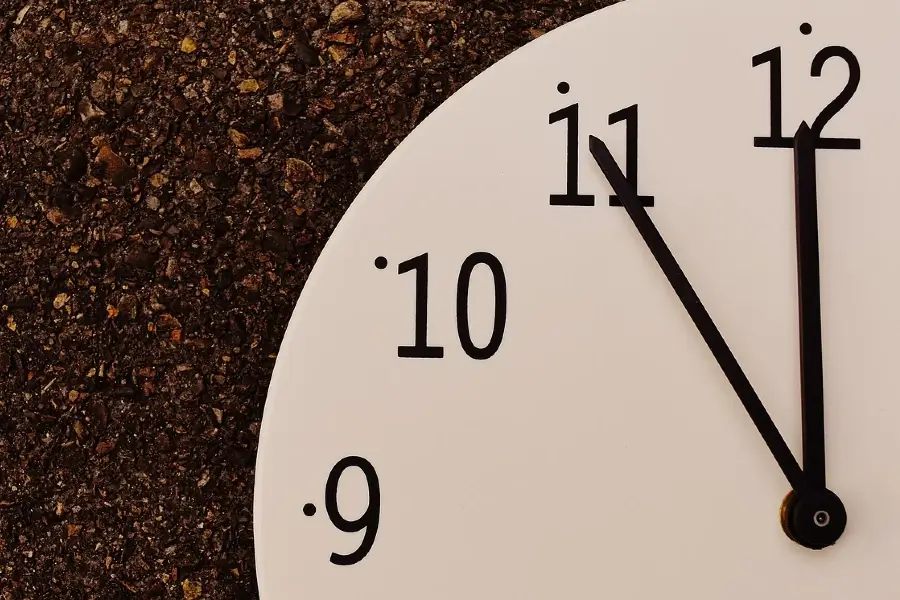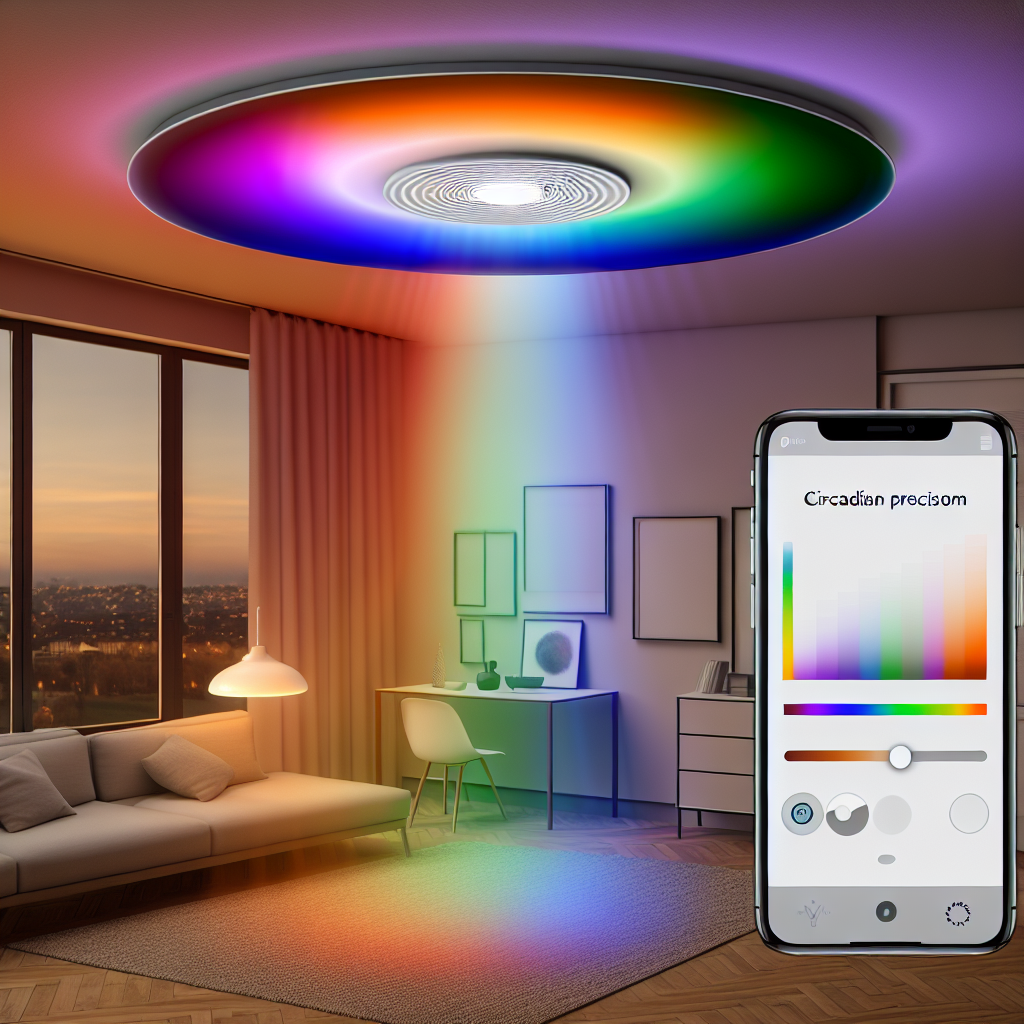Sleep Apnea: Smart Device Innovations
Introduction
Sleep apnea is a common but serious sleep disorder that affects millions of people worldwide. It occurs when breathing repeatedly stops and starts throughout the night, reducing oxygen levels in the blood and disrupting sleep cycles. The two most prevalent types of sleep apnea are obstructive sleep apnea (OSA) and central sleep apnea (CSA). OSA, the most common form, is caused by the relaxation of throat muscles, leading to airway obstruction. CSA, on the other hand, occurs when the brain fails to send proper signals to the muscles responsible for breathing.
Left untreated, sleep apnea can have severe health consequences, including daytime fatigue, cardiovascular disease, hypertension, diabetes, and an increased risk of stroke. Traditional treatment methods such as continuous positive airway pressure (CPAP) machines and lifestyle adjustments have proven effective, but many patients find CPAP devices uncomfortable or difficult to use regularly.
As medical technology continues to advance, innovative smart devices are transforming sleep apnea diagnosis and treatment. These high-tech solutions are designed to improve user experience, increase treatment adherence, and provide real-time monitoring for better long-term health outcomes. From smart CPAP machines with adaptive pressure adjustment to wearable devices that detect breathing irregularities, the latest technological developments are making significant strides in sleep apnea management.
One of the most exciting advancements involves artificial intelligence (AI) and machine learning integration in sleep apnea treatment. These technologies allow devices to analyze sleep patterns, predict potential disruptions, and automatically adjust therapy settings for personalized care. Additionally, home-based sleep apnea detection devices are becoming more reliable, reducing the need for costly and time-consuming sleep studies at medical facilities.
In this article, we will explore some of the most cutting-edge smart device innovations that are revolutionizing sleep apnea treatment. Whether you or a loved one suffer from sleep apnea, staying informed about the latest technological advancements can help improve sleep quality and overall well-being.
Smart Device Innovations for Sleep Apnea
AI-Powered CPAP Machines: Personalized Sleep Therapy
Traditional CPAP machines deliver a constant stream of air pressure to keep the airway open. However, many patients struggle with discomfort due to excessive air pressure or poorly fitting masks. AI-powered CPAP machines, such as ResMed’s AirSense 11 and Philips DreamStation 2, have introduced advanced algorithms that automatically adjust pressure levels based on breathing patterns. These smart CPAP machines provide a more personalized treatment experience, enhancing compliance and comfort for users.
Wearable Sleep Monitors: Real-Time Sleep Tracking
Wearable technology is making it easier to detect sleep apnea symptoms through continuous health monitoring. Devices like the Withings Sleep Analyzer and the Fitbit Sense utilize sensors to track heart rate, oxygen levels, and sleep disturbances. Some of these wearables are capable of sending alerts in real-time, allowing users to identify irregular breathing patterns and seek treatment before their condition worsens.
Smart Mandibular Advancement Devices (MADs): Innovative Oral Appliances
Mandibular Advancement Devices (MADs) are oral appliances designed to reposition the jaw and tongue to prevent airway collapse. Traditional MADs require manual adjustments, but smart versions now utilize embedded sensors and Bluetooth connectivity to offer real-time feedback. The O2Vent Optima, for example, is an advanced oral appliance that not only repositions the jaw but also incorporates a built-in airway to improve airflow.
Home Sleep Apnea Test Kits: Easy At-Home Diagnosis
Many people remain undiagnosed because traditional sleep studies require in-lab polysomnography, which can be expensive and inconvenient. New home-based sleep apnea test kits allow for easy diagnosis from the comfort of one’s home. Devices such as the WatchPAT ONE and NightOwl offer simple, disposable, and wireless solutions for early detection. By using advanced biosensors, these kits measure critical respiratory parameters and provide accurate diagnostic results without needing a clinical sleep study.
Neurostimulation Therapy: Cutting-Edge CPAP Alternative
One of the most groundbreaking innovations in sleep apnea treatment is neurostimulation therapy. The Inspire device, approved by the FDA, is an implantable system that provides mild stimulation to the hypoglossal nerve to prevent airway collapse during sleep. This device is activated before bedtime using a remote control and has demonstrated significant success in reducing sleep apnea severity without the need for a CPAP mask.
Smartphone-Connected Applications: Digital Tools for Better Sleep
Digital health platforms and smartphone applications are also playing a vital role in sleep apnea management. Apps like SleepMapper and ResMed’s myAir allow CPAP users to track their sleep data, receive therapy insights, and even get coaching tips for better usage compliance. Some applications also integrate with AI-driven analytics, providing users and healthcare providers with a deeper understanding of sleep apnea severity and treatment efficacy.
Supporting Research and Medical Studies
Recent medical studies support the effectiveness of smart technology in managing sleep apnea. A 2021 study published in *Nature and Science of Sleep* found that AI-driven CPAP therapy significantly improves adherence rates by up to 30% compared to traditional CPAP devices [source].
Additionally, research published in the *Journal of Clinical Sleep Medicine* demonstrated that wearable sleep monitors could effectively identify moderate to severe obstructive sleep apnea with 90% accuracy [source]. This finding suggests that home-based wearable technologies could serve as viable alternatives to traditional sleep lab studies.
Another study from the American Academy of Sleep Medicine emphasized the effectiveness of neurostimulation therapy. Clinical trials on the Inspire device reported a 79% reduction in sleep apnea events for patients who used the system consistently for one year [source].
These studies underscore the potential of smart device innovations in transforming sleep apnea treatment and management. By leveraging cutting-edge technology, researchers and developers are improving diagnosis accuracy, treatment effectiveness, and patient comfort—all critical factors in combating sleep apnea-related health complications.
Conclusion: The Future of Sleep Apnea Treatment
The emergence of smart technologies is ushering in a new era of sleep apnea management, offering patients more accessible, comfortable, and effective solutions. From AI-powered CPAP machines to wearable monitors and neurostimulation implants, these advancements are improving treatment adherence and quality of life for millions of individuals affected by sleep apnea.
As research continues to evolve, we can expect even more sophisticated solutions to emerge, making it easier to detect and treat sleep apnea with minimal disruption to daily life. Those who struggle with sleep apnea should consider exploring these technological innovations to find a treatment option that best fits their needs. Investing in the latest smart device solutions could mean the difference between restless nights and truly restorative sleep.
For anyone experiencing symptoms of sleep apnea, consulting a healthcare provider and staying informed about the latest developments in smart sleep technology can be life-changing. As science and medicine continue to evolve, sleep apnea sufferers now have more hope than ever for a better, healthier night’s rest.
Summary: The article explores the latest smart device innovations transforming the diagnosis and treatment of sleep apnea. From AI-powered CPAP machines and wearable sleep monitors to home-based test kits and neurostimulation therapy, these cutting-edge technologies are improving user experience, increasing treatment adherence, and providing real-time monitoring for better long-term health outcomes. The article also highlights supporting research and medical studies that demonstrate the effectiveness of these smart device solutions in managing sleep apnea.

Dominic E. is a passionate filmmaker navigating the exciting intersection of art and science. By day, he delves into the complexities of the human body as a full-time medical writer, meticulously translating intricate medical concepts into accessible and engaging narratives. By night, he explores the boundless realm of cinematic storytelling, crafting narratives that evoke emotion and challenge perspectives.
Film Student and Full-time Medical Writer for ContentVendor.com




